Overview
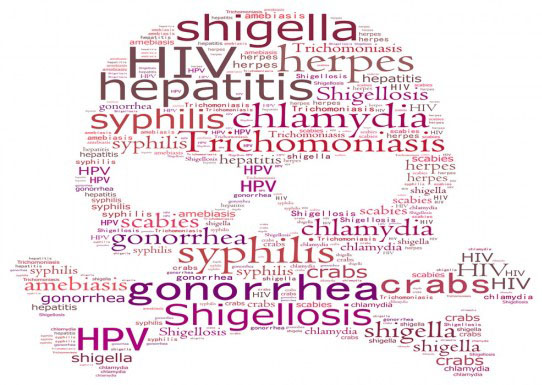
Many men think that they will know, or at least be able to recognize if they get a sexually transmitted disease (STD). While most STDs do cause symptoms, many are easily mistaken for other conditions. In some cases there are no symptoms at all. Understanding the risks and knowing the signs and symptoms of common STDs in men is very important for any man who is sexually active.
More common STD symptoms in men:
• no signs at all
• itching at the tip of the penis
• a rash on the penis, testicles, or groin
• discharge (a milky white, yellow, thick or thin substance coming from the tip of the penis)
• pain with urination
• pain with ejaculation
• painful blisters on the genitals (penile spots/penile bumps)
Less common STD symptoms in men:
• a painless ulcer on the penis or testicles
• testicular pain and swelling
• epididymitis (painful swelling of the tube that carries urine and ejaculate)
• fever
• painful swelling of a joint (like a knee or elbow)
• sore throat (if engaging in oral sex)
• rectal pain, discharge, or bleeding (if engaging in receptive anal sex)
Chlamydia Symptoms
Chlamydia is a bacterial infection of your genital tract. Chlamydia may be difficult to detect because early-stage infections often cause few or no signs and symptoms. When they do occur, they usually start one to three weeks after you’ve been exposed to chlamydia. Even when signs and symptoms occur, they’re often mild and passing, making them easy to overlook.

Signs and symptoms may include:
• Painful urination
• Lower abdominal pain
• Vaginal discharge in women
• Discharge from the penis in men
• Pain during sexual intercourse in women
• Bleeding between periods in women
• Testicular pain in men
Gonorrhea Symptoms
Gonorrhea is a bacterial infection that can affect the anus, throat, or urethra. It is transmitted during anal, oral, or vaginal sex with a man or woman who has been infected. Most men with gonorrhea don’t display any symptoms at all.
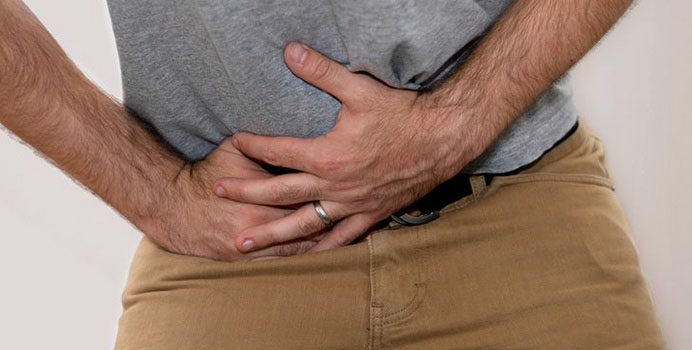
For those who do, symptoms include:
• pain when urinating
• a green, white, or yellow discharge from the penis
• swollen testicles
Hepatitis Syptoms
Hepatitis is inflammation of the liver. Hepatitis B and hepatitis C are two viral diseases that can be transmitted by sexual contact. Both the hepatitis B virus (HBV) and hepatitis C virus (HCV) are transmitted by contact with the blood of an infected individual or by sexual activity, similar to the HIV virus. HBV may not cause symptoms, but it causes symptoms of acute hepatitis in about 50% of infections.

Hepatitis B symptoms include:
• loss of appetite
• feeling lethargic
• low-grade fever
• muscle and joint pain and aches
• nausea
• vomiting
• jaundice (yellow hue to the skin and dark urine)
Genital warts (HPV) Symptoms
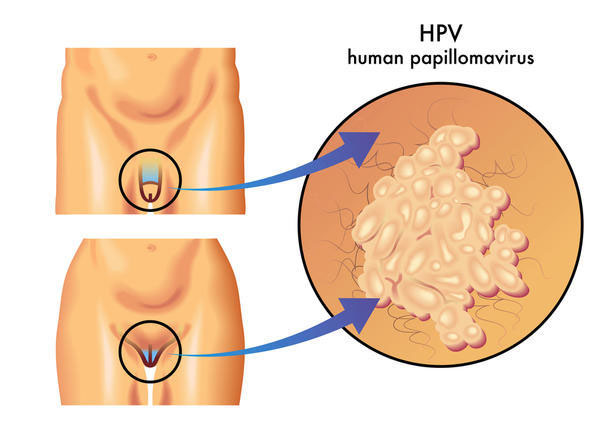
Human papillomavirus infection (HPV) is a very common STD. Different types of HPV exist and cause different conditions. When HPV causes genital warts in men, the lesions appear as soft, fleshy, raised bumps on the penis or anal area. Sometimes they may be larger and take on a cauliflower-like appearance.
Herpes (Simplex) Symptoms
Herpes is a viral infection that is caused by the herpes simplex virus (HSV). Herpes is transmitted through direct contact with the mouth or genitals of a person who has been infected with the virus through sexual intercourse or oral sex and kissing.

Common symptoms of herpes in men are:
• tingling, itching, or burning of the skin in the area where the blisters will appear
• blisters on the penis, testicles, on and around the anus, buttocks, or thighs
• blisters on the lips, tongue, gums, and other parts of the body
• aching muscles in the lower back, buttocks, thighs, or knees
• swollen and sometimes tender lymph nodes in the groin
• loss of appetite
• fever
• feeling unwell
Syphilis Symptoms
Syphilis is a bacterial STD that can be transmitted through anal, oral, or vaginal sex. This ancient disease is still quite prevalent today. Syphilis is considered one of the more serious STDs in men because of its link to HIV and the increased risk of developing HIV when infected with syphilis.
Syphilis has four different phases: primary, secondary, latent, and tertiary. Each phase has its own set of symptoms.
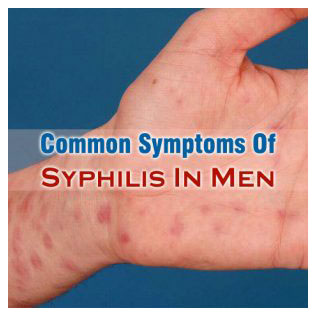
The symptoms of primary syphilis in men may include:
• a very small, firm, and painless sore where the bacteria entered the body, usually on the penis, anus, or lips
• swollen lymph nodes in the area near the sore
Symptoms of secondary syphilis may include:
• a skin rash that does not itch, commonly found on the palms of the hands or soles of the feet
• tiredness
• sore throat
• headache
• swollen lymph nodes.
HIV symptoms
HIV is an infection with the human immunodeficiency virus. HIV interferes with your body’s ability to fight off viruses, bacteria and fungi that cause illness, and it can lead to AIDS, a chronic, life-threatening disease.
Early signs and symptoms:
• Fever
• Headache
• Sore throat
• Swollen lymph glands
• Rash
• Fatigue
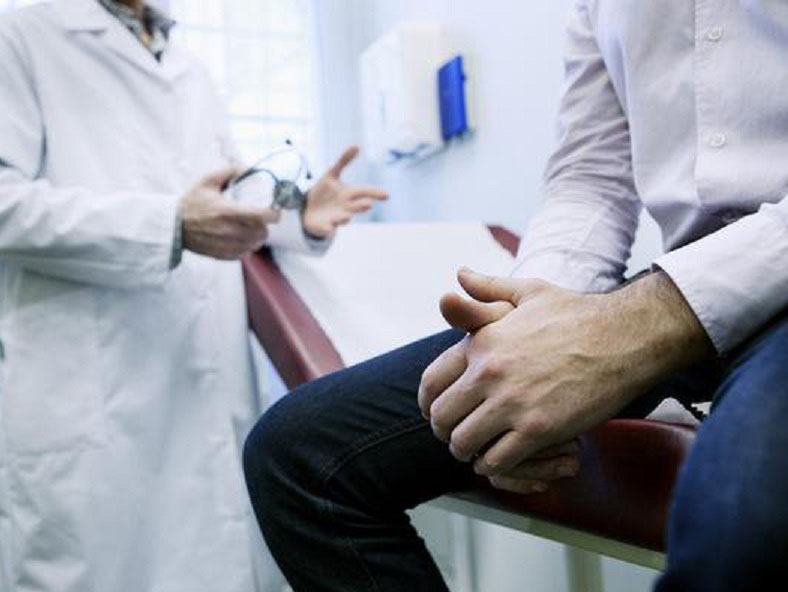
These early signs and symptoms usually disappear within a week to a month and are often mistaken for those of another viral infection. As the virus continues to multiply and destroy immune cells, you may develop mild infections or chronic signs and symptoms such as:
• Swollen lymph nodes — often one of the first signs of HIV infection
• Diarrhea
• Weight loss
• Fever
• Cough and shortness of breath
Late-stage HIV infection:
• Persistent, unexplained fatigue
• Soaking night sweats
• Shaking chills or fever higher than 100.4 F (38 C) for several weeks
• Swelling of lymph nodes for more than three months
• Chronic diarrhea
• Persistent headaches
• Unusual, opportunistic infections
Because men so often don’t show symptoms, the only way to be sure that an STD is not present is to get tested regularly, especially after unprotected sex.
This post was help funded by our sponsors at Sleepyhood.com
